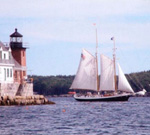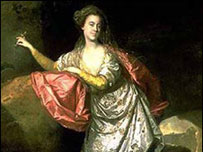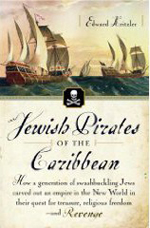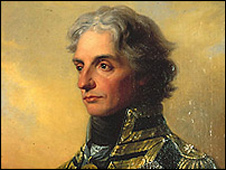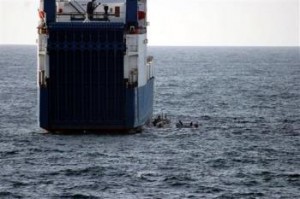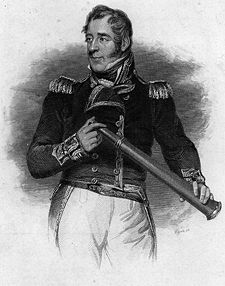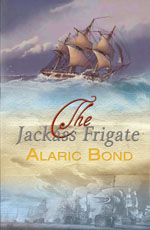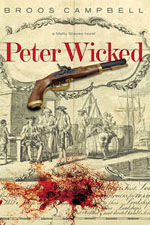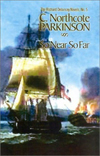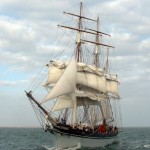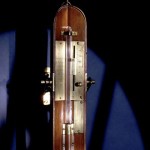Hudson River Sloop Clearwater from Rick Spilman on Vimeo.
The Clearwater is a Hudson River sloop modeled after the distinctive trading sloops that sailed up and down the Hudson in the 18th and 19th centuries. The Clearwater was conceived by the folk singer, Pete Seeger, as a way to bring people down to the then very polluted Hudson River. For close to forty years the Clearwater has been a movable classroom, laboratory and stage as she has sailed up and down the vast tidal estuary that is the Hudson River south of Albany. Continue reading

